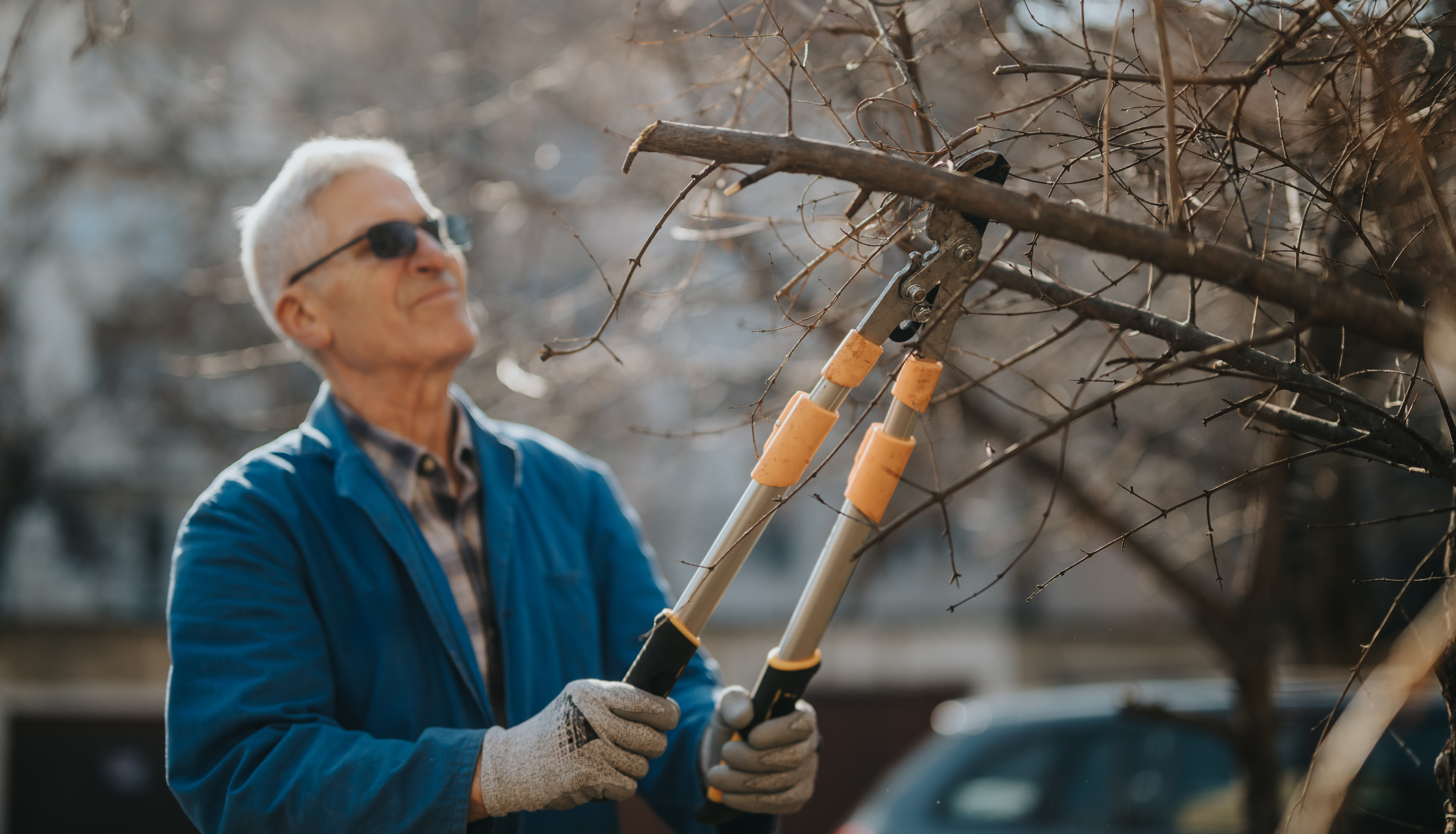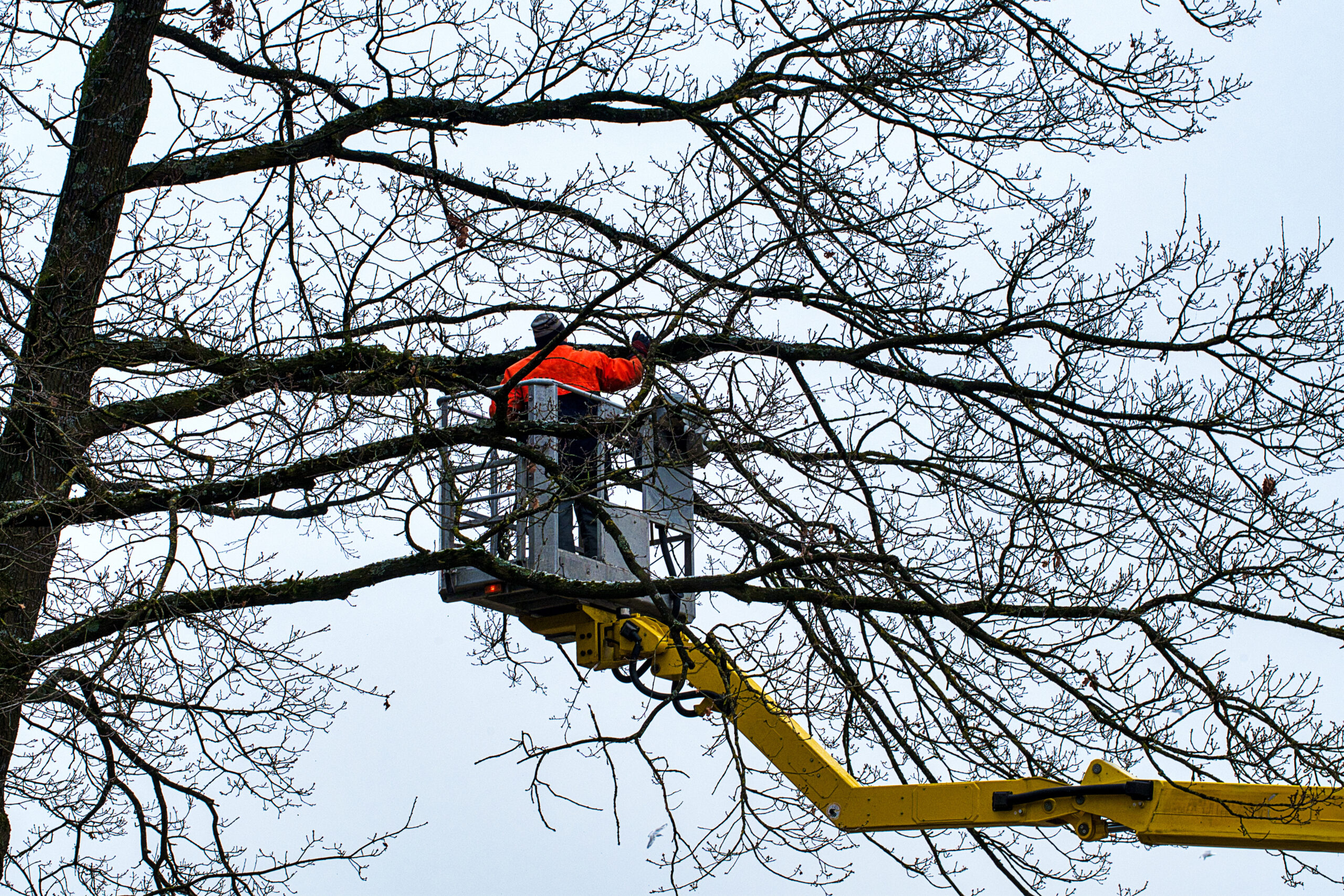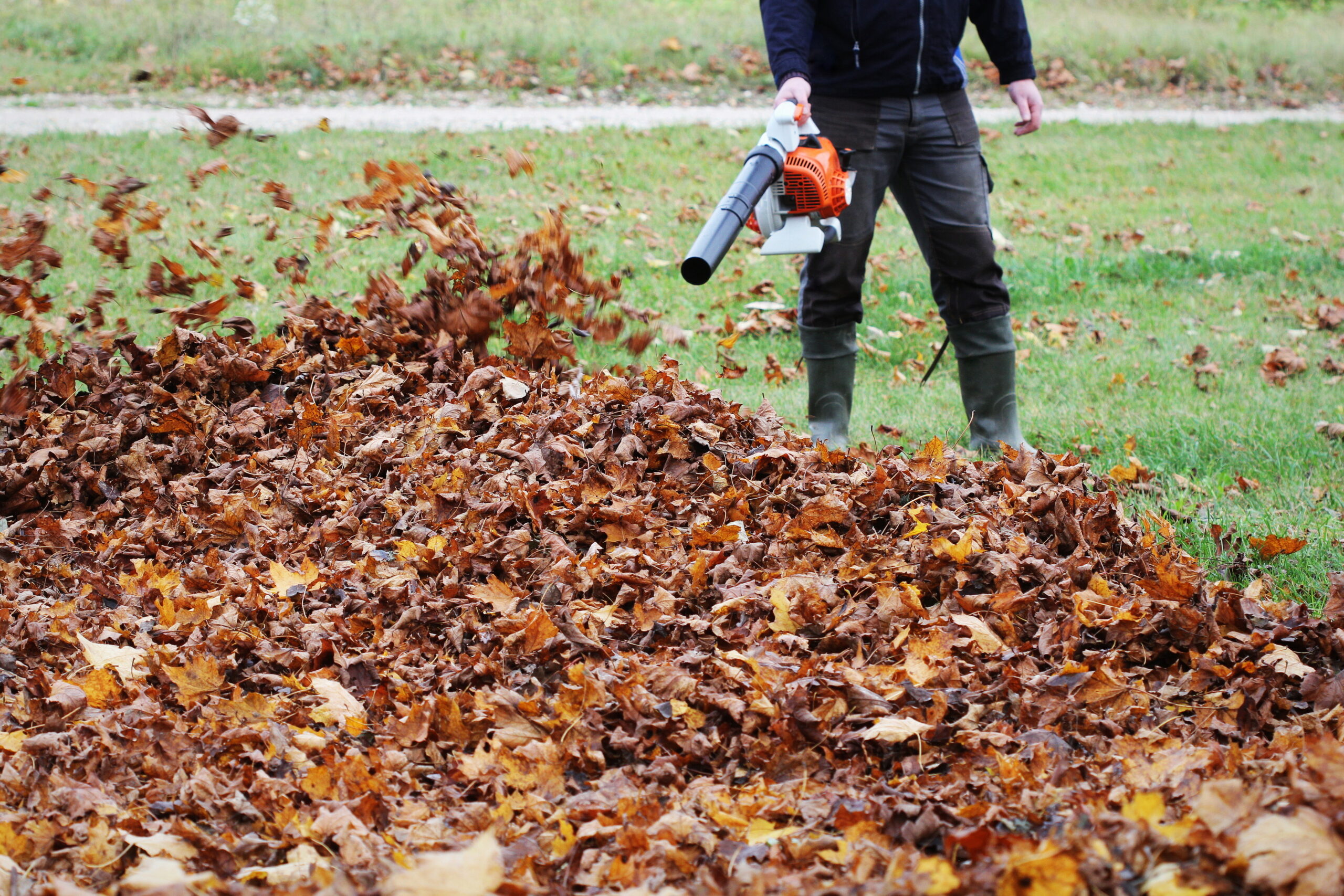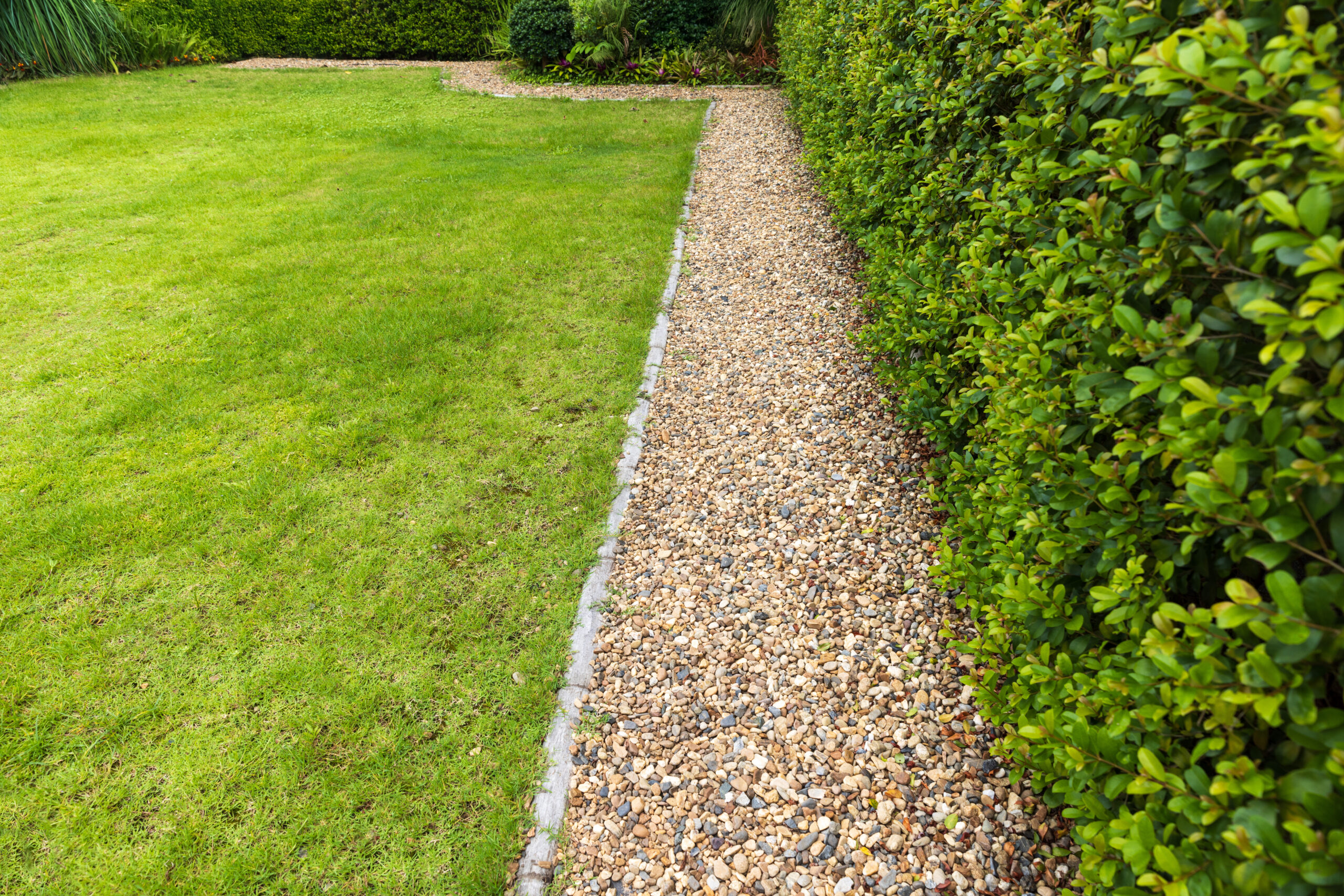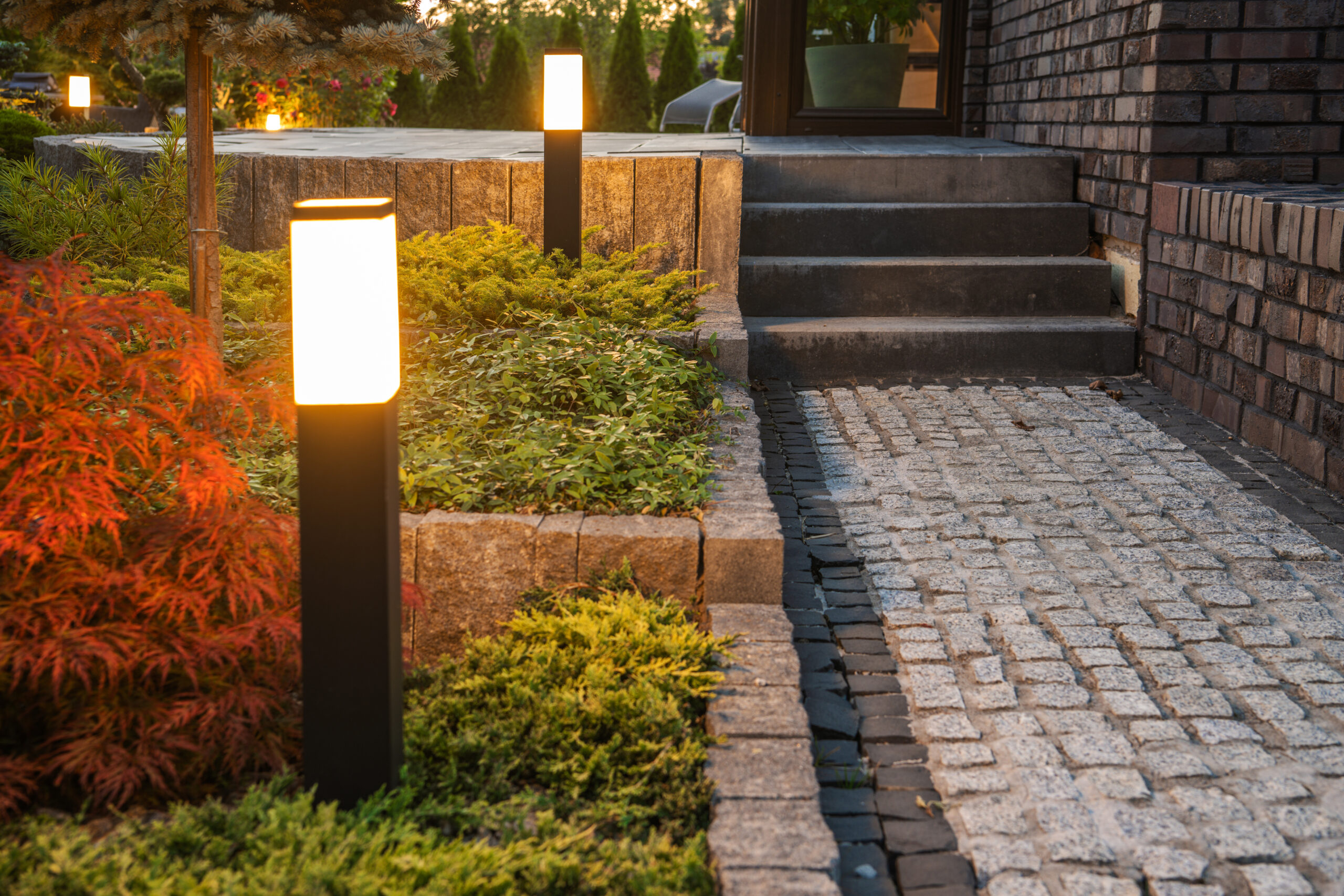When most people think about their home’s landscaping, they picture spring planting and summer maintenance. But every great outdoor space is the result of seasonal planning and year-round attention. What you might not realize is that winter is one of the best (and often overlooked) times of the year to prepare your property for the months ahead.
Winter is ideal for design consultations and quotes because you’re beating the spring rush. You’re also getting ahead on hardscaping ideas, installations, and planting schedules. Things to consider right now include installing a new pond, walkway, or pavers. You can also look into adding or upgrading your irrigation. Our irrigation experts at The Parke Company can work with you to design and implement a system that waters your lawn responsibly, keeping it lush and healthy over the summer. Attending to these plans off-season helps you avoid delays and budget accordingly.
Why Plan Landscaping Projects in Winter?
Planning your landscaping projects in winter is a smart way to do things. Winter offers a quieter, more strategic window to lay the foundations for the improvements you want to get to over the coming year.
One of the biggest advantages of winter planning is the increased availability of professional landscapers and arborists. With fewer projects coming in, reputable landscape services can offer greater scheduling and consulting flexibility. We find that clients who start their planning in the winter have an easier, less stressful time of settling on desired design revisions, securing materials (which can be in high demand over spring and summer), and getting any required permitting completed and authorized.
Of course, there’s also the benefit of having landscape installations in place by the time spring rolls around. With Nashville’s milder winters, hardscaping construction, tree planting, and shrub planting can all be completed and ready to be enjoyed in a few months’ time.
For homeowners searching for “landscape maintenance near me,” The Parke Company has been an integral part of our community for decades. We even provide municipal services to keep our surrounding landscapes inviting and thriving, and to safely cut back our trees.
Common Spring Landscape Projects to Prep For
With plants dormant and growth slowed in the colder months, several essential landscaping tasks can be completed in winter.
Dormant pruning is one of the most important projects to address. Addressing overgrown shrubs and hedges and removing dead or damaged tree branches encourages healthier growth when plants emerge from dormancy. With no leaves or foliage in the way, it’s easier to see tree structures and prune precisely for good plant health and a pleasing appearance.
You can also use this time in winter to clear debris from the yard. Piles of leaves and fallen branches can invite pests, which can lead to plant or tree disease and human health issues, too. Rodents, various insects, and ticks can all find warmth in leaf piles and become a serious problem by spring.
Laying a fresh layer of mulch in winter adds to the protection of your landscaping. It helps insulate roots, retain soil moisture, and protect plants from temperature fluctuations. As the mulch breaks down, it enriches the soil, giving lawns and garden beds a stronger foundation for growth and more effective lawn maintenance throughout the growing season. Get in touch with our team to book this service now, and your gardens will thank you in full resplendence over spring, summer, and into fall.
If you enjoy growing your own vegetables, mapping out your vegetable beds now and selecting early-season crops like garlic and onions will result in a plentiful spring harvest. You can also consider adding winter-hardy plants such as Dogwoods or Witch Hazel so that year after year, you can enjoy a little extra color in the yard.
These sorts of Nashville landscaping tasks help create a smoother transition into spring and keep your property prepped and cared for as needed.
Working With Nashville Landscape Designers
Working with our landscape designers and certified arborists during the winter months gives you the chance to consider various approaches to upgrading your outdoor areas or integrating additional features. There’s no seasonal rush in winter, so there are fewer delays and usually lower costs.
On another practical note, with summer’s foliage gone, we can see your property’s true structures, making it easier to identify problems and opportunities related to hardscaping, layout, and drainage. These can all be nipped in the bud, before spring and summer’s tree and garden buds reappear.
With extra planning time in winter, you can relax and enjoy the process while we make your property pretty.
Budgeting and Scheduling Ahead
Planning ahead on your landscaping goals is one of the best ways to take control of your budget and your timeline. Late fall and early winter give you the chance to step back, assess your property thoughtfully, and take all things into account before making decisions.
We’re here to walk your property with you and discuss what’s worked well for you in the past and what you’d like to add or upgrade. Securing your quotes in winter makes budgeting easier, and finalizing your scheduling helps keep everything on track once peak-season demands fill up the calendar.
When you partner with The Parke Company, you’re partnering with decades of experience caring for residential, commercial, and municipal landscapes across Nashville and Middle Tennessee. Our team of certified arborists, designers, and horticulturalists takes a thoughtful, holistic approach to our work that combines smart planning with data-driven options for optimal decision-making and better outcomes.
From tree care and landscape design to installation and ongoing maintenance, we’re here to help you protect and enhance your beautiful outdoor spaces.Be proactive with tree and landscape maintenance this winter, and work with the pros for the very best results. Get in touch with our team at The Parke Company today.

